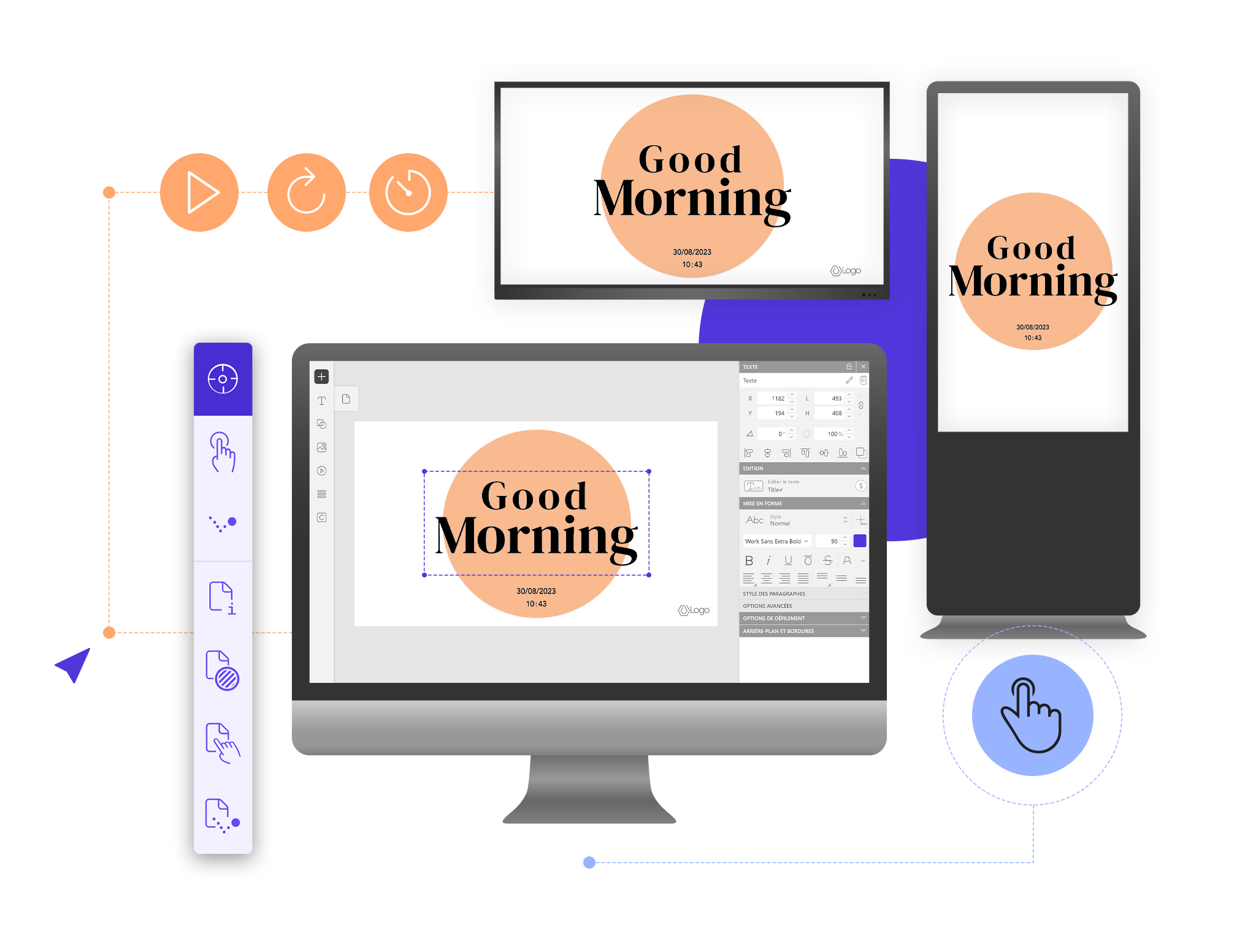Unleash your creativity
Have you ever imagined a one-shop-stop solution to transform your ideas into interactive digital signage content? A no-code software suitable for most screens? Don't imagine anymore ;-)
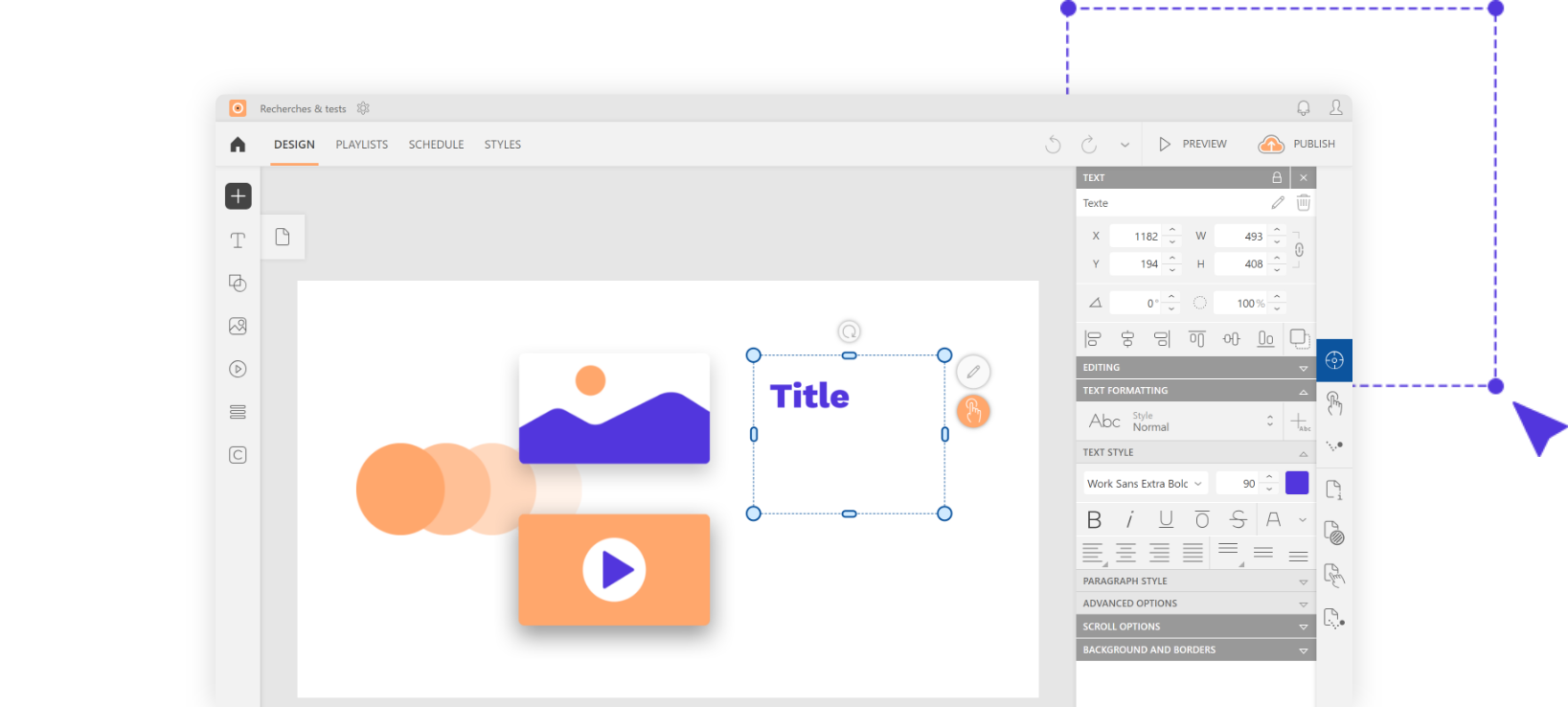
Discover Touchify Smart Digital Signage
The SaaS software that brings together smart digital signage and interactive experiences.
Explore our digital signage solutions
Whatever your business, we offer a unique digital signage solution suitable with interactive terminal projects. Multi-site organization projects, third-party tools connection... Build your digital universe to optimize your communication with Touchify.
Digital signage customer success stories
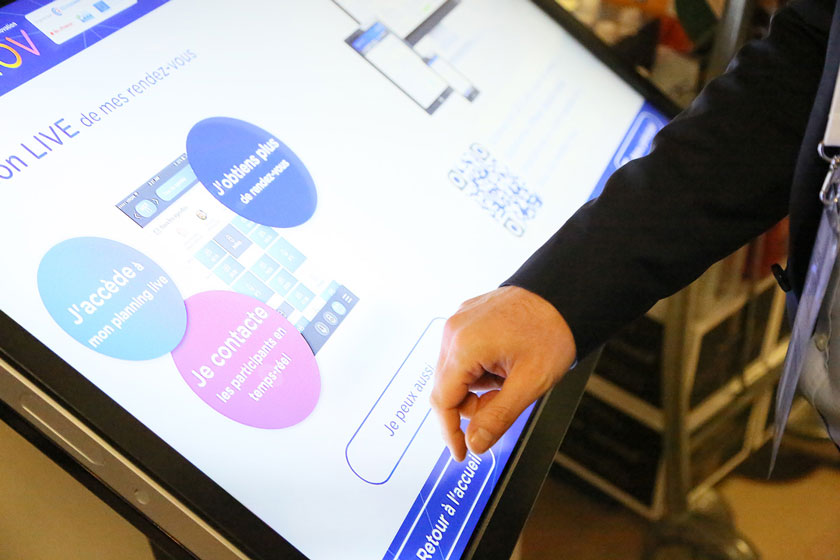

Home kiosk
Techinnov
The contribution of Touchify terminals helped Techinnov to offer a participatory and connected event. We are so glad we chose Touchify and are already planning more events with them!

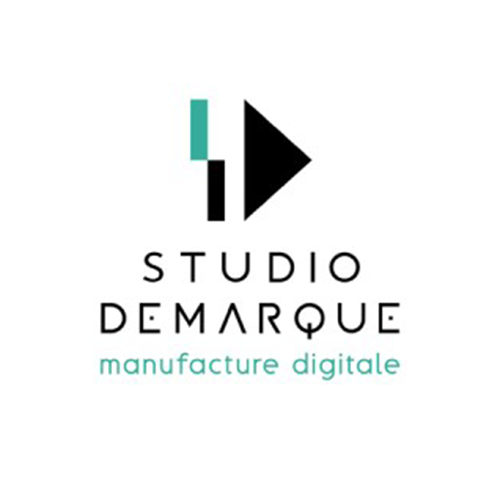
Museums
Studio Demarque
“I find Touchify incredibly rich, flexible, and scalable. I don’t see anything technically impractical.”
Discover how studio Demarque accompanies the digitalisation of Musée national de l'histoire de l'immigration.
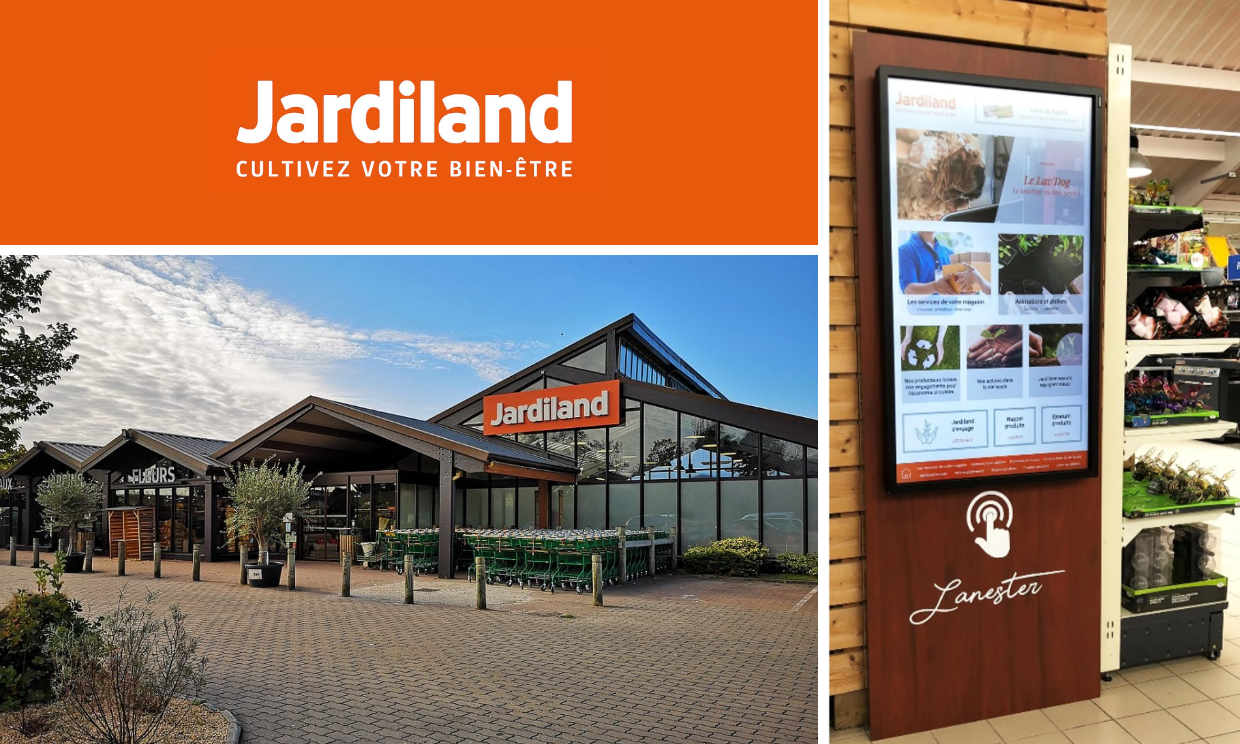

Retail
Jardiland
“With these new generation screens, (customers) are autonomous and can take their time to discover.”
Discover how Jardiland offer an immersive experience to their customers.
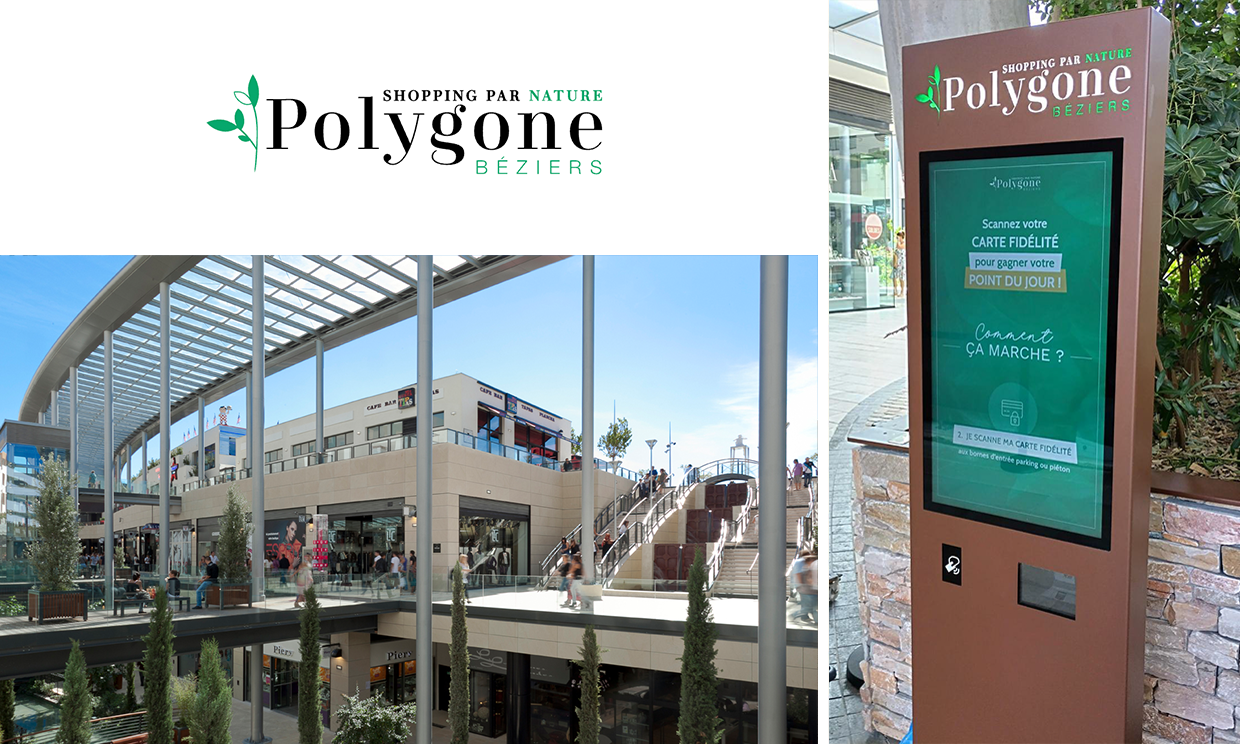

Retail
Unimage
“We have set up a system where, in case of malfunction, our terminals can be repaired in less than 15 minutes by the end customer, without requiring special technical skills or on-site intervention.”
Discover how Unimage Productions support shopping center digitization witch Touchify.

